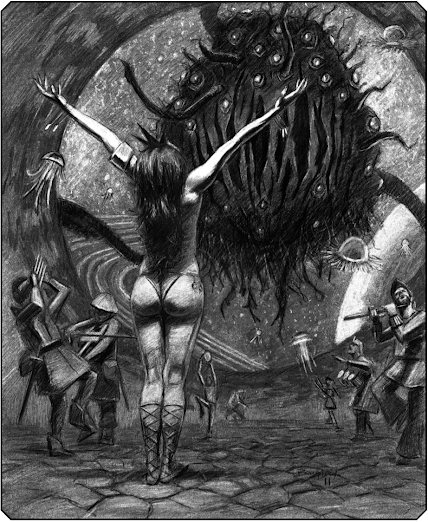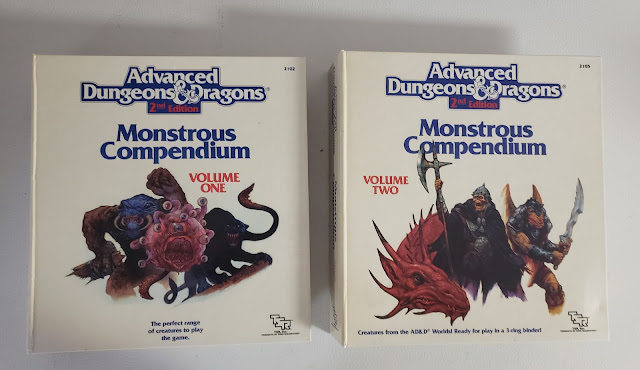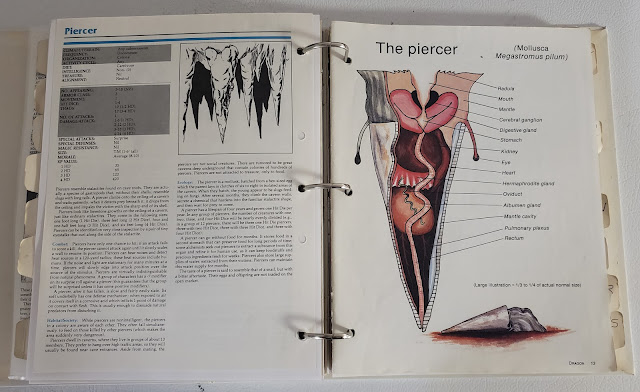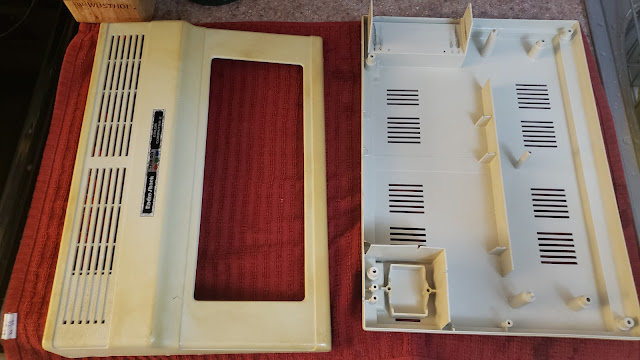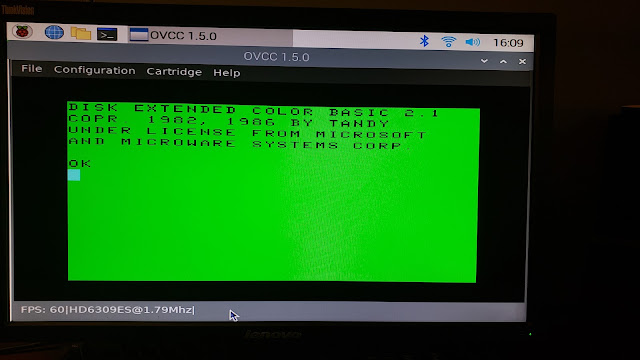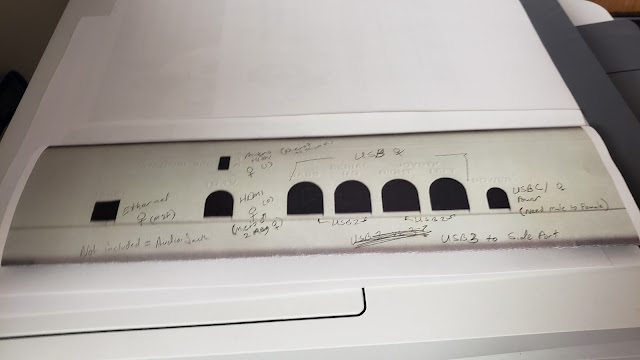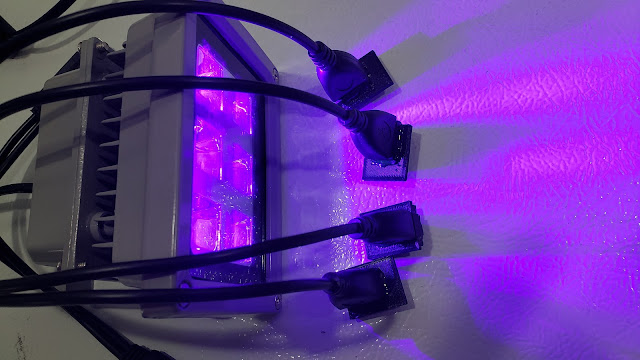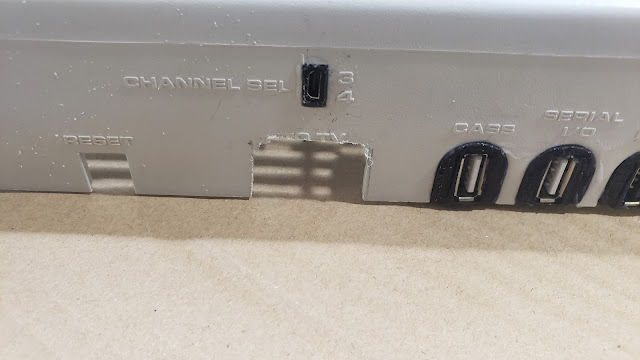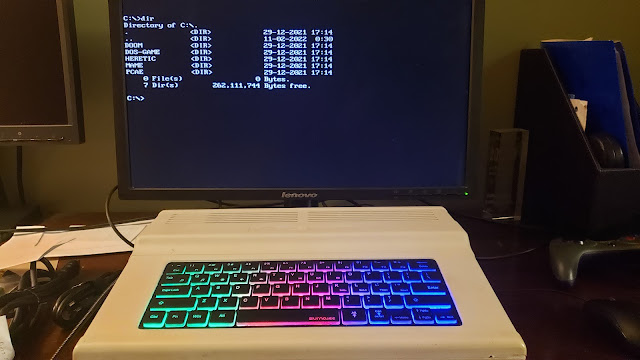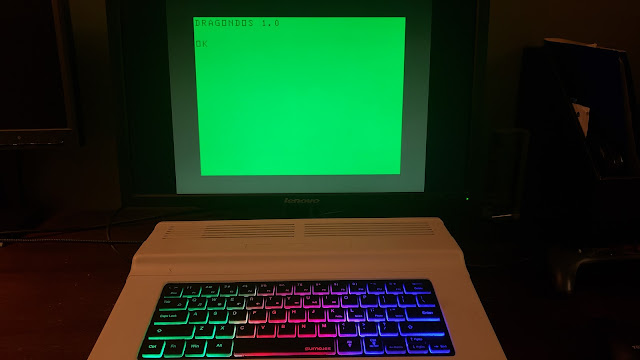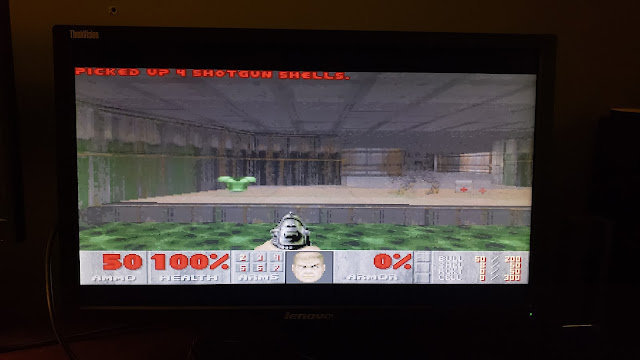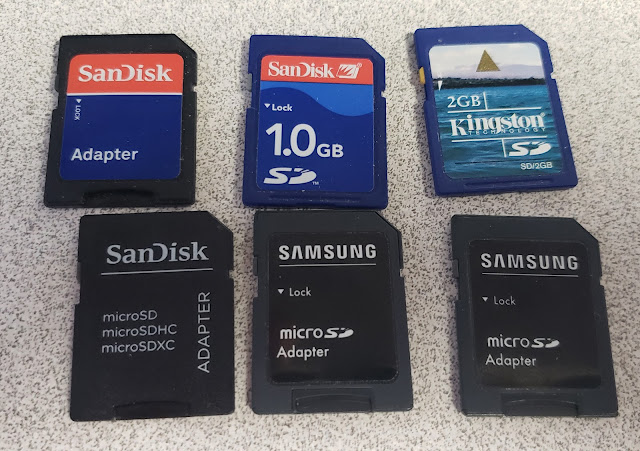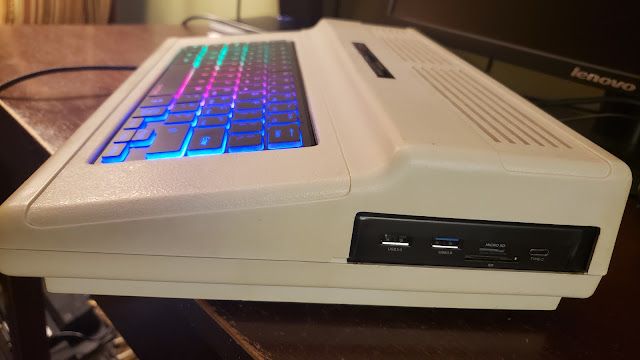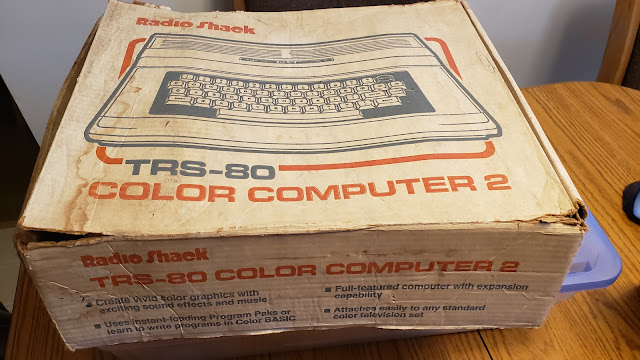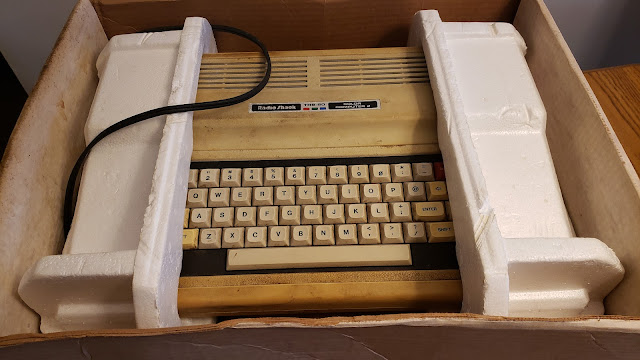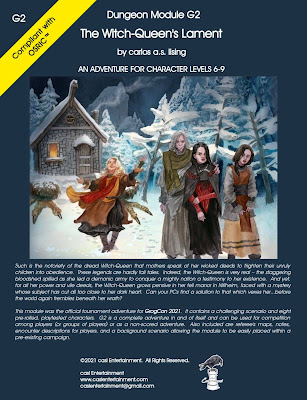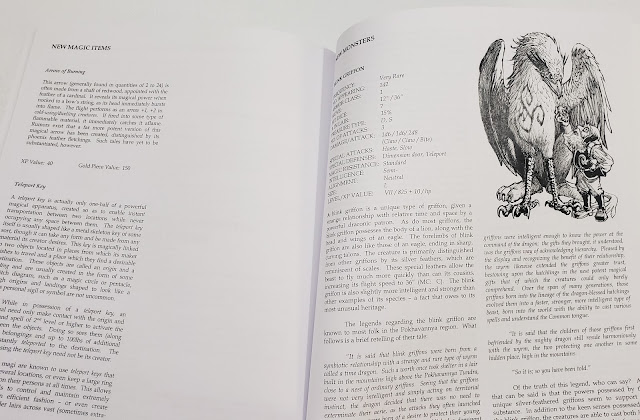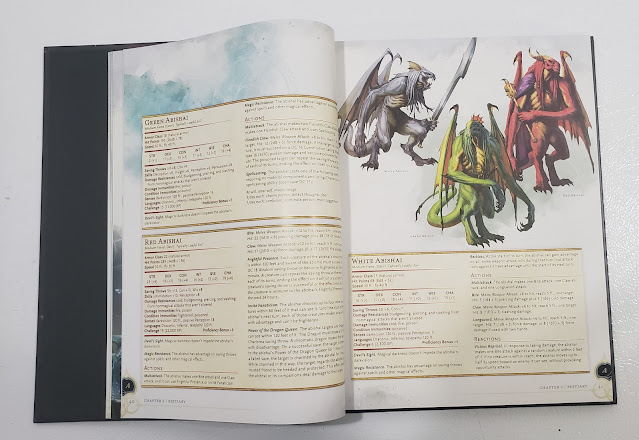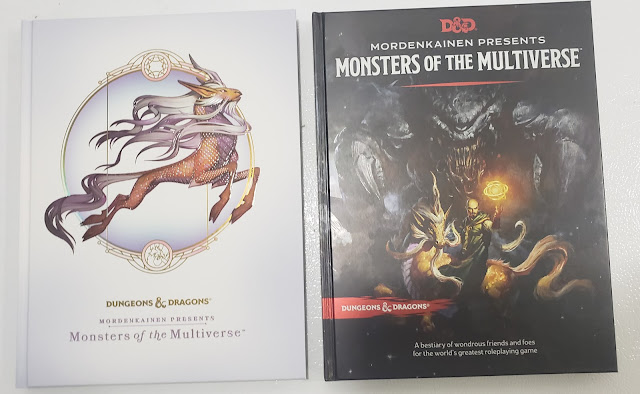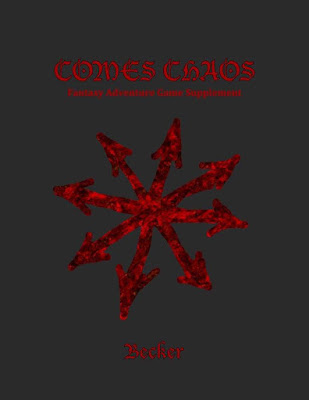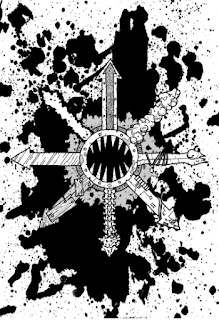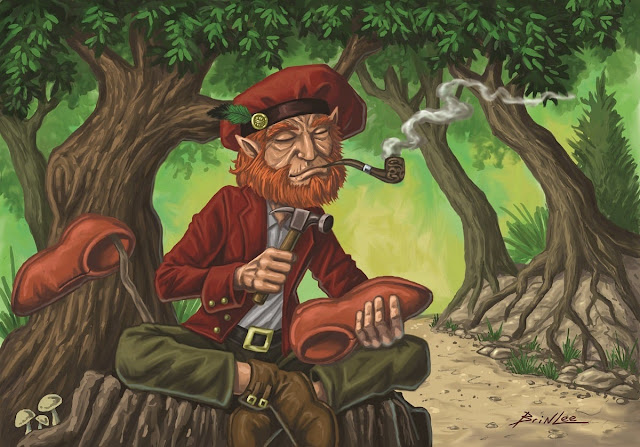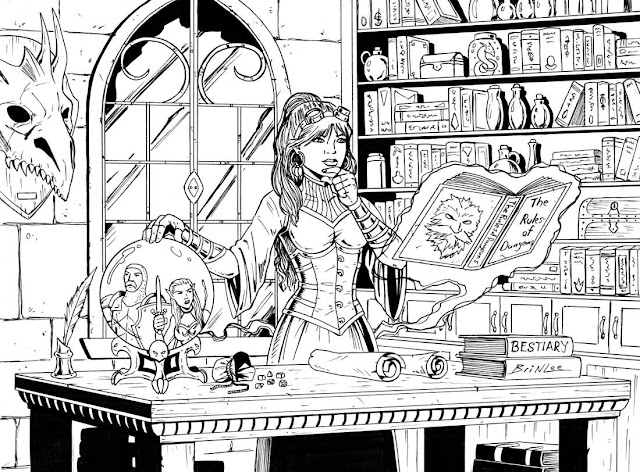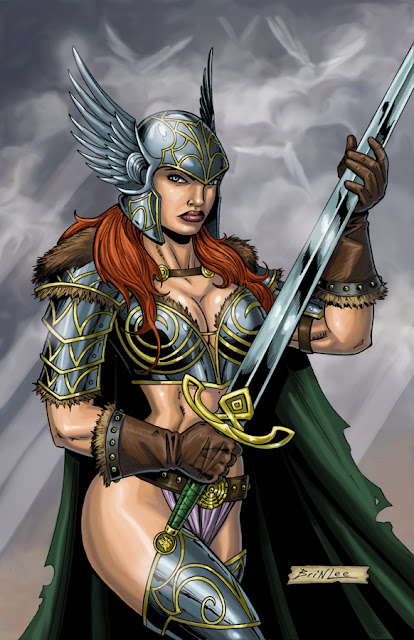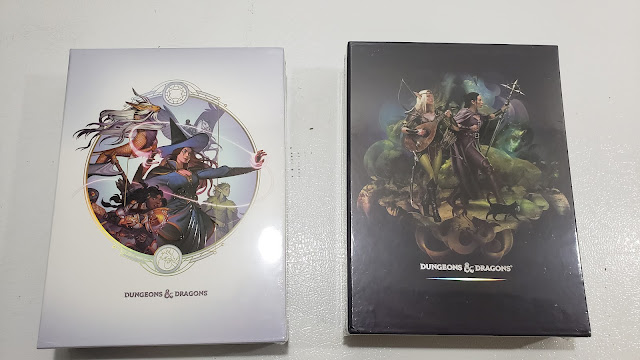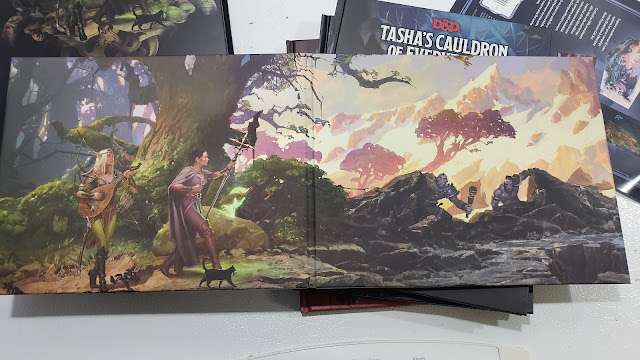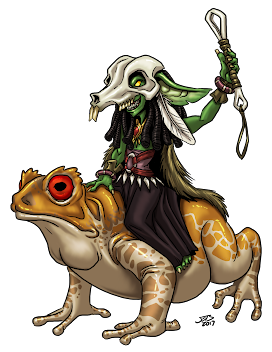I missed a couple of days last week on this. Busy at the day job. But I am making up for it today, the last day. Today I want to feature the witches of Motherland Fort Salem.
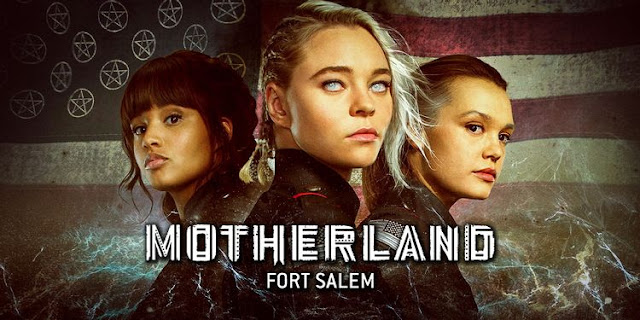
Season 3 has not started yet and there is a huge push to get a Season 4. While I do respect the creators to tell their story in a three-season arc, I would love to see more.
If you have not been watching then you are missing out. The show is fantastic really.
Motherland gives us an alternate history where witches rose up during Salem and forged a pact with the then Colonies to protect the new country from their enemies. There are fewer states in the US and a large portion, The Cession, was given back to the Native Americans in return for their help and magic.
The series follows three new witch recruits, Abby, Tally, and Raelle, as they go through Basic Training and later War College and how they survive as a unit. The show does a great job of featuring both their strengths and their weaknesses and how they work together to be a better whole.
The show features a full cast of strong, interesting women characters. The leader of the Army is General Alder, a 300+-year-old witch, their drill sergeant is a woman. Even the President is an African-American woman. Men are either tertiary characters at best (the Witch-Father) or eye-candy (Abby's two boy toys). Tally doesn't even see a man until one gives up his seat for her so she can fly from California to Massachusetts. Not that men are put into a bad light. The Witch Father is respected and well-liked. Raelle's dad is proud of his daughter and worries about her. It's just their stories are not as important here. That's a nice change of pace really.
The witches are also not a Ms. Pac-Man trope. They are warriors, witches but also women and they are allowed to be all three. It really is quite enjoyable and very different from what I have seen in the past.
I can't wait for Season 3!
In the past, I have stated the witches of the Bellweather Unit/Sekhmet Company for OSR D&D, D&D 5e, and NIGHT SHIFT.
So here they are again for another show overtly about empowered (and powered up) women, Buffy the Vampire Slayer RPG, and mixing in bits of Ghosts of Albion RPG.
Since magic has a greater role in M:FS than it does in Buffy, I am going to use Ghost of Albion Magic Rules.
Since I missed four days, here are all the characters to make for it (with an extra one)!
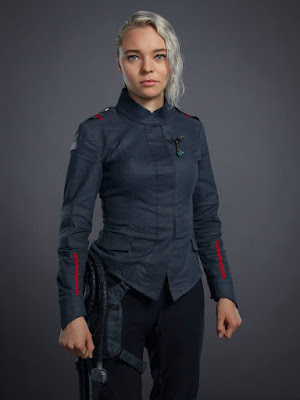 Raelle Collar
Raelle Collar(
Taylor Hickson)
Hero
"I'm in this with you, and we're gonna figure it out together, okay? Whoever you are, whoever you were, I'm in. No matter what happens, no matter what anybody else thinks, I'm with you."
Life Points: 65
Drama Points: 15
Strength 2
Dexterity 4
Constitution 5
Intelligence 3
Perception 3
Willpower 2
QualitiesAttractiveness (2)Contacts (2, Amry, Spree)
Hard to Kill 9 (bonded with the Mycelium) Immortal (bonded with the Mycelium) Nerves of SteelSoldierWitch (Magic) (3)- Magical Philosophy, Fixer (Healer)
DrawbacksAdversary (lots)Honorable (2)
Love, Romantic (Scyla)Obligation (3, Army)
Useful InformationInitiative +4
Observation +5
Height: 5'4"
Hair: Blonde
Eyes: Blue
Skills Acrobatics 1
Art 2
Computers NA (Tech seems to be about 1980 levels, but no computers)
Crime 2
Doctor 6
Driving 1
Gun-Fu 0 (I have not seen any guns in this universe)
Getting Medieval 4
Influence 3
Knowledge 3
Kung Fu 2
Languages 2 (English,
Méníshè)
Mr. Fix-it 1
Notice 2
Occultism 4
Science 1
Sports 1
Combat Maneuver Bonus Damage Notes Dodge / Parry +8 - Defense Action Grapple +9 - Defense Action Scourge +8 7 Attack Action Windstrike +6 7 Attack Action Witch Bomb +6 Special Special
GearScourge,
SalvaRaelle lived in the part of American known as the Chippewa Cession where the Indigenous Tribal Federations are. She is a healer of great power like her mother was. Her mother was reported dead by the Army and Raelle blames the Army and Gen. Bellweather in particular. She doesn't want to be there and her plan was to get enlisted in the infantry and get killed as soon as possible. Her attitude earned her the nickname "shitbird" from Abby.
Raelle attitude changed when she met and fell in love with fellow cadet Scylla Ramshorn.
She came in contact with the great mycelium network under Fort Salem and she has bonded to it. This makes her practically immortal. She has a special attack dubbed "the witch bomb" which lays waste to all around her. She is hesitant to use it.
--
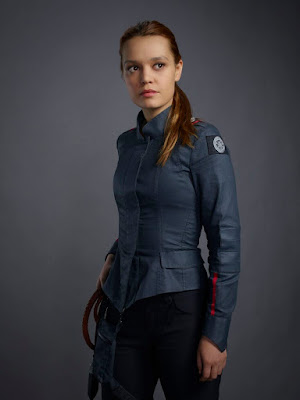 Tally Craven
Tally Craven(
Jessica Sutton) Hero
"It's my duty to fight for this country. I think of it more as a privilege. A privilege we witches share."
Life Points: 37
Drama Points: 15
Strength 2
Dexterity 3
Constitution 4
Intelligence 3
Perception 5
Willpower 4
QualitiesAttractiveness (2)Contacts (1, Army)Fast Reaction Time
Hard to Kill 1 Nerves of SteelSoldierWitch (Magic) (3)- Magical Philosophy, Seer
DrawbacksAdversary (lots)Honorable (3)Obligation (3, Army)Tradition Bound
Useful InformationInitiative +5
Observation +10 (+13 with magic)
Height: 5'6"
Hair: Auburn
Eyes: Brown
Skills Acrobatics 2
Art 2
Computers NA (Tech seems to be about 1980 levels, but no computers)
Crime 1
Doctor 2
Driving 1
Gun-Fu 0
Getting Medieval 4
Influence 3
Knowledge 4
Kung Fu 2
Languages 2 (English,
Méníshè)
Mr. Fix-it 1
Notice 5
Occultism 4
Science 1
Sports 1
Combat Maneuver Bonus Damage Notes Dodge / Parry +7 - Defense Action Grapple +8 - Defense Action Scourge +7 7 Attack Action Windstrike +7 7 Attack Action Sight +13 Special Special
GearScourge,
SalvaTally comes from the depleted Craven line. All her aunts had gone to fight in the Army and they all died. She is the last of her line. She lived in the Matrifocal Allotment near Sacramento, California. She had not even seen a male until she answered her call of duty, an action her mother strongly wished her not to do. Her power is to "see." She can detect disguised and hidden objects or people and might be one of the most powerful seers to come up in the ranks in a long time.
Tally is a sweet girl who loves with all her heart because that is what she knows. She is fiercely loyal to her Unit.
She saved Alder's life when she volunteered to become a Biddie for a short time. This has given her access to Alders memories.
--
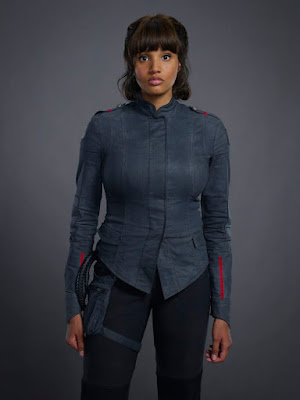 Abigail Bellweather
Abigail Bellweather(
Ashley Williams)
Hero
"Obviously you're familiar with the Bellweather name..."
Life Points: 44
Drama Points: 15
Strength 3
Dexterity 3
Constitution 4
Intelligence 4
Perception 3
Willpower 3
QualitiesAttractiveness (2)Contacts (2, Army, Bellweather family)
Hard to Kill 2 Nerves of SteelResources (10)SoldierStatus (4)Witch (Magic) (3)- Magical Philosophy, Storm magic
DrawbacksAdversary (lots)Honorable (3)Obligation (4, Army)Tradition Bound
Useful InformationInitiative +3
Observation +6
Height: 5'8"
Hair: Brown
Eyes: Brown
Skills Acrobatics 4
Art 0
Computers NA (Tech seems to be about 1980 levels, but no computers)
Crime 1
Doctor 1
Driving 2
Gun-Fu 0
Getting Medieval 4
Influence 4
Knowledge 4
Kung Fu 3
Languages 2 (English,
Méníshè)
Mr. Fix-it 1
Notice 3
Occultism 5
Science 1
Sports 1
Combat Maneuver Bonus Damage Notes Dodge / Parry +7 - Defense Action Grapple +8 - Defense Action Scourge +7 7 Attack Action Windstrike +7 7 Attack Action Maelstrom Generation +11 Special Special
GearScourge,
SalvaAbigail "Abby" Bellweather, of the East Coast Bellweathers, is the leader of the Bellweather Unit. She starts out in the show as an arrogant, if even spoiled, girl of privilege. By the end of the series she is the leader she was born to be. Even her rivalries with Raelle and fellow East Coast witch Libba Swythe become something different as she accepts the responsibility of what being a soldier-witch means.
When the Camarilla targeted her family and killed her cousin she has dedicated her entire training to wiping them out.
--
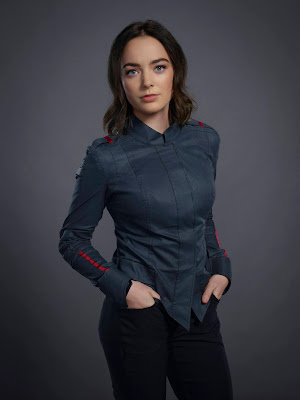 Scylla Ramshorn
Scylla Ramshorn(
Amalia Holm)
Hero, Villan, Anti-Hero
"I like you, okay? I have feelings for you, and they're not something I'm used to having ... not something I'm used to dealing with. I'm a dodger, which means no attachments. Because things go away, we go away."
Life Points: 44
Drama Points: 15
Strength 2
Dexterity 3
Constitution 5
Intelligence 4
Perception 4
Willpower 3
QualitiesAttractiveness (2)Contacts (1, Spree)
Hard to Kill 2 Nerves of SteelSoldier (Dodger)Witch (Magic) (4)- Magical Philosophy, Necromancer
DrawbacksAdversary (lots)Love, Romantic (Raelle)Obligation (1, Army)Obligation (4, The Spree)
Useful InformationInitiative +3
Observation +8
Height: 5'3"
Hair: Brown
Eyes: Blue
Skills Acrobatics 1
Art 1
Computers NA (Tech seems to be about 1980 levels, but no computers)
Crime 4
Doctor 2
Driving 1
Gun-Fu 0
Getting Medieval 3
Influence 3
Knowledge 3
Kung Fu 3
Languages 2 (English,
Méníshè)
Mr. Fix-it 1
Notice 4
Occultism 5
Science 1
Sports 1
Combat Maneuver Bonus Damage Notes Dodge / Parry +6 - Defense Action Grapple +7 - Defense Action Scourge +7 - Attack Action Windstrike +8 - Attack Action Other magic +12 Special Special
GearScourge,
SalvaScylla is a "Necro" or a Necromancer. Because their power makes others uneasy they are quartered in a different part of the base. We learn that Scylla's parents were killed when she was young. She meets and falls in love with Raelle. Later we find out she is part of the terrorist organization known as The Spree, responsible for hundreds of deaths across the country. Her job was to recruit Raelle, but she actually fell in love with her.
Scylla was instrumental in discovering the location and leadership of the local Camarilla faction. With her help Raelle got to see her mother one more time and now she, along with the Spree, are protecting the Bellwether Unit.
--
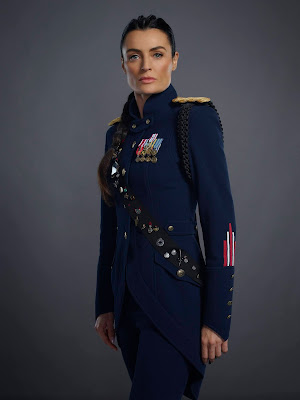 General Sarah Alder
General Sarah Alder(
Lyne Renee)
Very Experienced Hero
"Honor me, make a place for me and my kind and we will win your wars."
Life Points: 88
Drama Points: 20
Strength 3
Dexterity 3
Constitution 9 (with biddies)
Intelligence 5
Perception 5
Willpower 4
QualitiesAge (3)Attractiveness (2)Contacts (4, Army, Governments)Fast Reaction Time
Hard to Kill 6 Nerves of SteelSoldierWitch (Magic) (8)- Magical Philosophy, War magic
DrawbacksAdversary (lots)Honorable (3)Obligation (4, Army)Tradition Bound
Useful InformationInitiative +5
Observation +9
Height: 5'9"
Hair: Black
Eyes: Blue
Skills Acrobatics 3
Art 2
Computers NA (Tech seems to be about 1980 levels, but no computers)
Crime 4
Doctor 3
Driving 3
Gun-Fu
Getting Medieval 9
Influence 7
Knowledge 5
Kung Fu 5
Languages 3 (English,
Méníshè, French)
Mr. Fix-it 2
Notice 4
Occultism 9
Science 1
Sports 1
Combat Maneuver Bonus Damage Notes Dodge / Parry +12 - Defense Action Grapple +13 - Defense Action Scourge +17 18 Attack Action Windstrike +17 18 Attack Action Other magic +21 Special Special
GearScourge,
SalvaSarah Alder was a survivor of the witch hunts of the 16th and 17th Centuries. She rallied her fellow witches at Salem, Massachusetts and presented the new government with a deal. Save us and we will fight your wars. The US Government and the Witches have been allies ever since.
Sarah maintains her youth with her select group of "biddies" or women that have sacrificed their own youth so she may remain forever young. The biddies and Alder are all connected, much in the way a witch and familiar might be. Thus Sarah can call on greater magics than her already high level has access to.
Alder appears to die at the end of the last episode of Season 2, but instead we see she has become part of the mycelium network.
--
Damn. Now I want to rewatch all of Season 1 and 2 again!
Want to see more of the #CharacterCreationChallenge? Stop by Tardis Captain's Blog and the #CharacterCreationChallenge on Twitter for more!
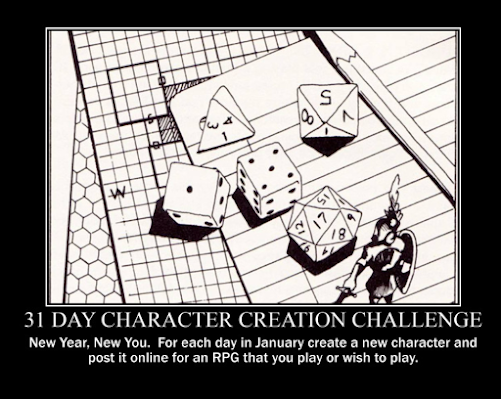
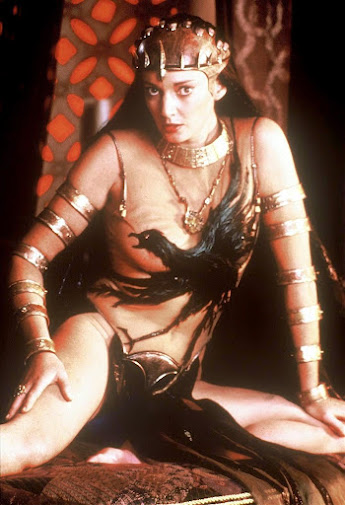 The Witch Queen of Yithorium
The Witch Queen of Yithorium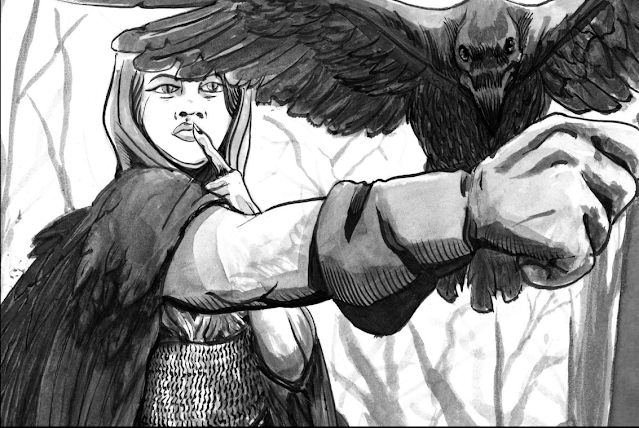
 The Witch Queen of Yithorium
The Witch Queen of Yithorium